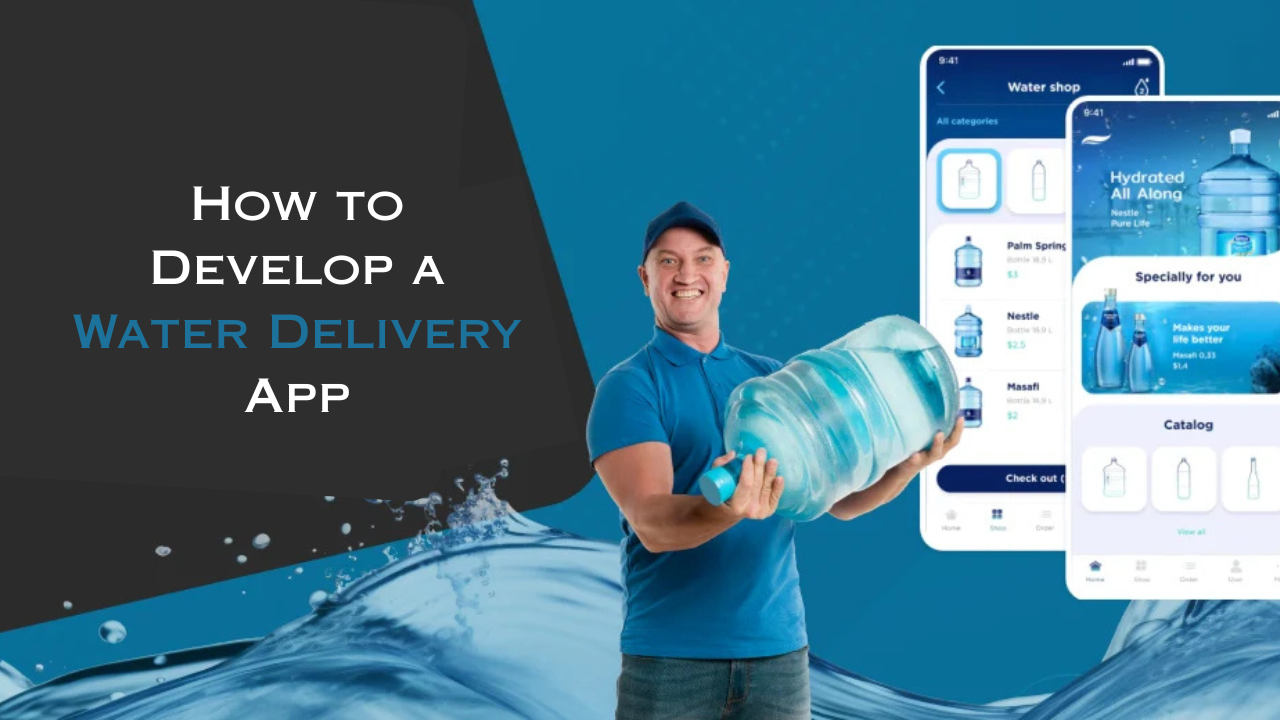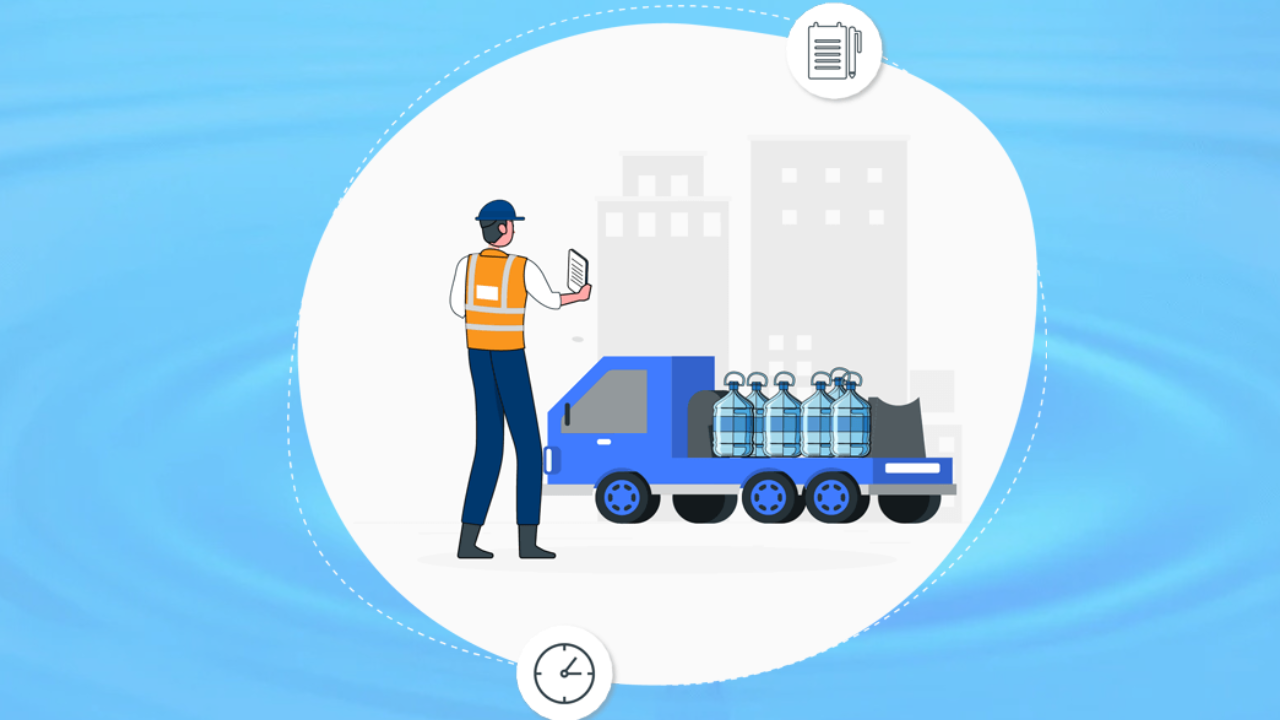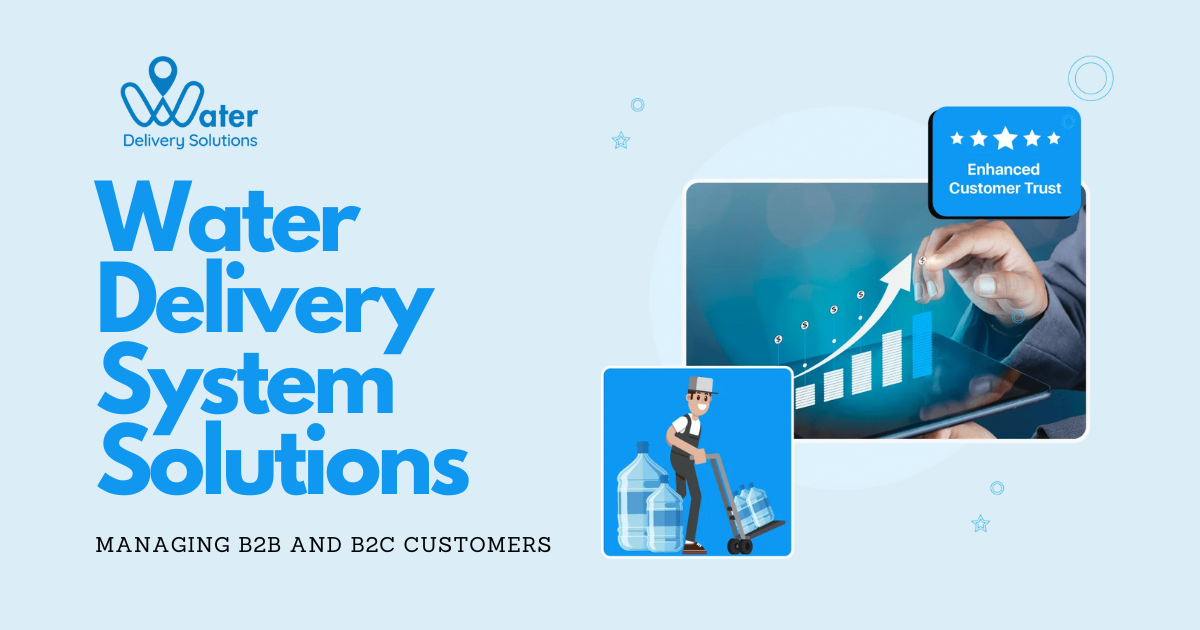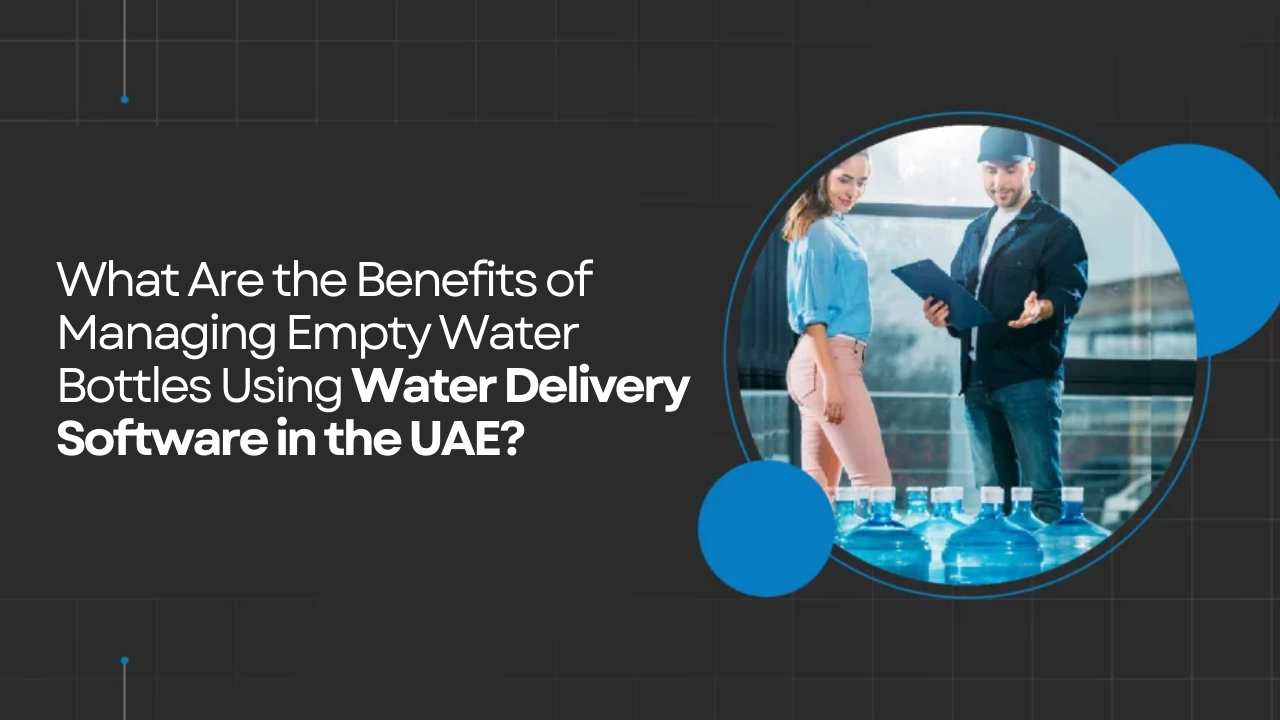Water Delivery Software Trends in 2025: What Businesses Need to Know
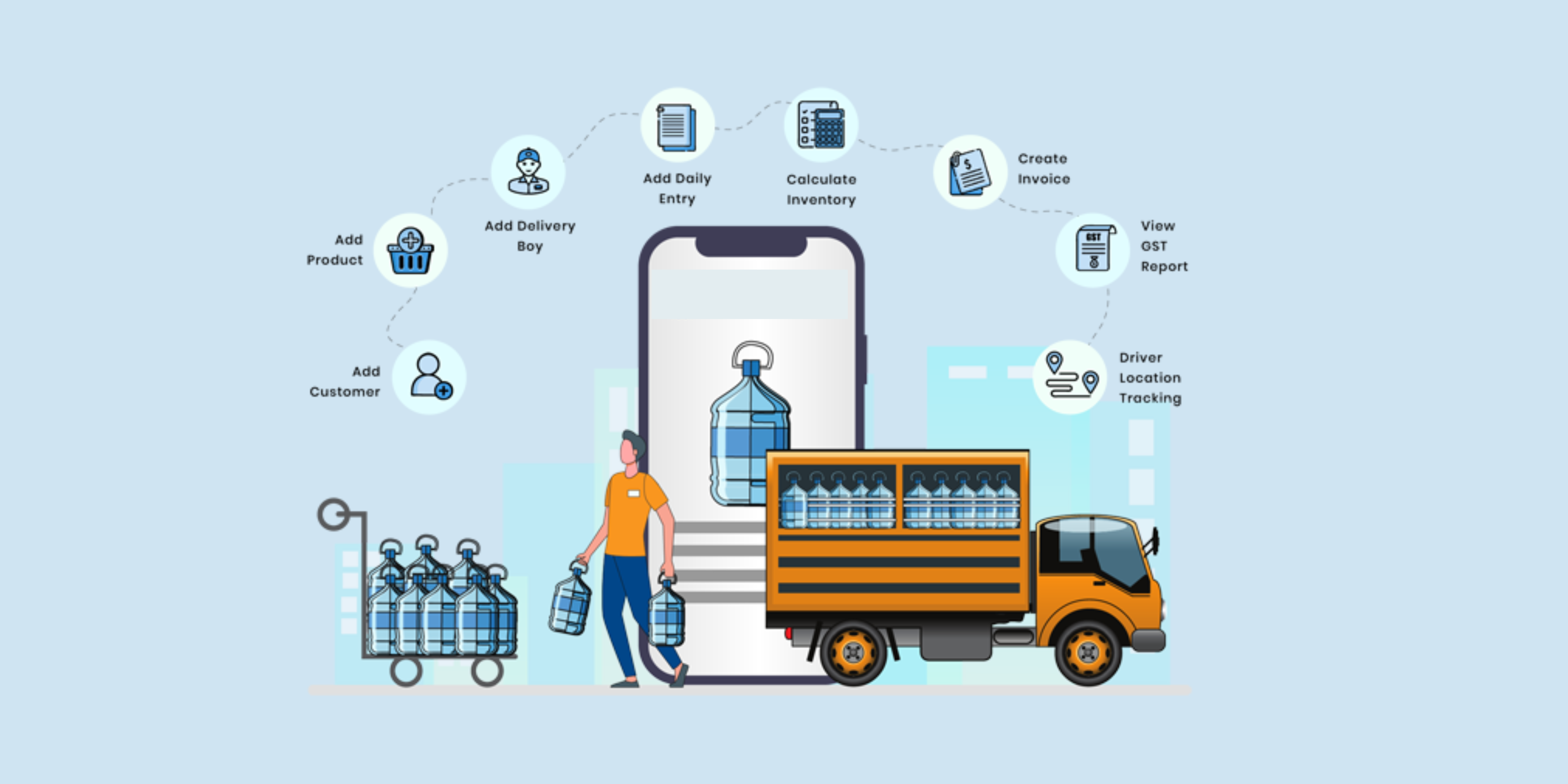
Introduction
The water delivery industry is evolving rapidly, driven by technological advancements and shifting consumer expectations. In 2025, businesses that leverage smart water delivery software will gain a competitive edge by improving efficiency, reducing operational costs, and enhancing customer satisfaction. From AI-driven automation to real-time tracking, several trends are shaping the future of water delivery services.
We will explore the top water delivery software trends for 2025 and how businesses can leverage them to streamline operations and maximize profitability.
1. AI-Powered Route Optimization
Fuel costs and delivery time inefficiencies are major concerns for water delivery businesses. AI-powered route optimization is revolutionizing logistics by analyzing real-time traffic conditions, weather patterns, and delivery schedules to determine the most efficient routes.
Benefits:
- Reduces fuel consumption and operational costs.
- Minimizes delays and enhances punctuality.
- Improves customer satisfaction with accurate ETAs.
2. IoT-Enabled Smart Monitoring
The Internet of Things (IoT) is playing a crucial role in water delivery logistics by enabling real-time monitoring of water levels, vehicle status, and delivery schedules. IoT sensors can track inventory levels in storage tanks and automatically schedule refills, preventing shortages and overstocking.
Benefits:
- Ensures timely replenishment and reduces wastage.
- Enhances vehicle and asset tracking for better fleet management.
- Increases operational transparency with data-driven insights.
3. Automated Order Processing & Scheduling
Manual order processing can be time-consuming and error-prone. Automated order management systems allow customers to place orders through mobile apps or websites, while AI-driven scheduling ensures efficient resource allocation.
Benefits:
- Reduces order errors and processing delays.
- Improves workforce efficiency by automating repetitive tasks.
- Provides seamless integration with billing and invoicing systems.
4. Real-Time Delivery Tracking & Customer Notifications
Customers today expect full transparency regarding their deliveries. Water delivery software in 2025 will provide real-time tracking, allowing customers to monitor their orders and receive updates via SMS or mobile apps.
Benefits:
- Enhances customer trust and satisfaction.
- Reduces the number of missed deliveries and complaints.
- Provides businesses with better insights into driver performance.
5. Contactless Payments & Digital Wallet Integration
The shift towards digital transactions is accelerating, and water delivery businesses must offer secure and convenient payment methods. In 2025, integrated digital wallets and contactless payments will be a standard feature in water delivery software.
Benefits:
- Enhances payment security and reduces fraud risks.
- Offers customers multiple payment options for convenience.
- Streamlines financial transactions and record-keeping.
6. Subscription-Based Delivery Models
Many consumers prefer subscription-based models for essential services like water delivery. Businesses are adopting subscription management features within their software to offer recurring deliveries based on customer preferences.
Benefits:
- Ensures consistent revenue and customer retention.
- Automates recurring orders and payments.
- Allows businesses to predict demand and manage inventory efficiently.
7. AI-Driven Customer Support Chatbots
AI-powered chatbots are becoming a game-changer in customer service. With natural language processing (NLP), chatbots can handle inquiries, process orders, and resolve common issues, reducing the workload on human support teams.
Benefits:
Provides 24/7 customer support.
Improves response times and service efficiency.
Enhances customer engagement with personalized interactions.
8. Data Analytics & Predictive Insights
Data-driven decision-making is key to optimizing operations. Advanced analytics in water delivery software will provide businesses with insights into demand patterns, delivery performance, and customer preferences, enabling proactive decision-making.
Benefits:
- Helps in optimizing inventory and reducing waste.
- Identifies trends for better business planning.
- Enhances customer personalization and targeted marketing.
9. Sustainability & Eco-Friendly Logistics
Sustainability is a growing concern, and businesses are focusing on reducing their carbon footprint. Water delivery software in 2025 will incorporate eco-friendly logistics strategies, such as electric vehicle (EV) fleet integration and paperless billing.
Benefits:
- Reduces environmental impact with lower emissions.
- Improves brand reputation by adopting sustainable practices.
- Lowers operational costs with energy-efficient solutions.
10. Blockchain for Secure Transactions & Transparency
Blockchain technology is emerging as a reliable solution for securing transactions and maintaining transparent records in water delivery operations. Smart contracts and decentralized ledgers ensure data integrity and prevent fraudulent activities.
Benefits:
- Provides enhanced security for digital transactions.
- Increases transparency in supply chain management.
- Reduces fraud and unauthorized data manipulation.
Conclusion
The water delivery industry is undergoing a digital transformation, and businesses must embrace these advancements to stay competitive. By leveraging AI-powered route optimization, IoT monitoring, automated order processing, and real-time tracking, companies can improve efficiency, reduce operational costs, and enhance customer satisfaction.
As 2025 approaches, businesses that adopt these trends will gain a significant advantage, ensuring long-term growth and profitability. Now is the time to invest in smart water delivery software and prepare for a more efficient and technologically driven future.
Note: IndiBlogHub features both user-submitted and editorial content. We do not verify third-party contributions. Read our Disclaimer and Privacy Policyfor details.



